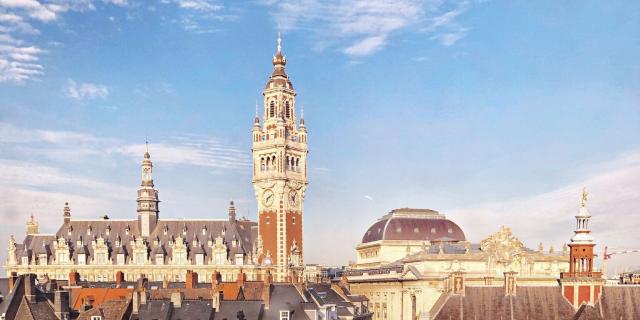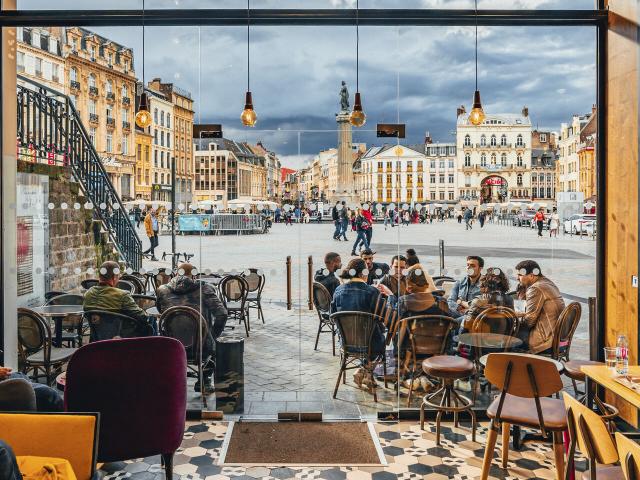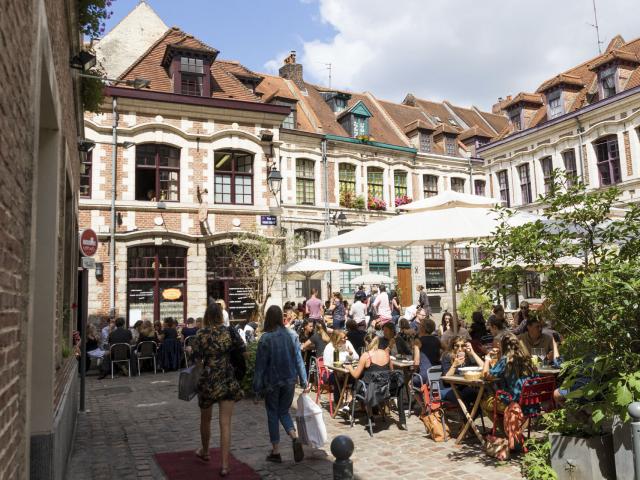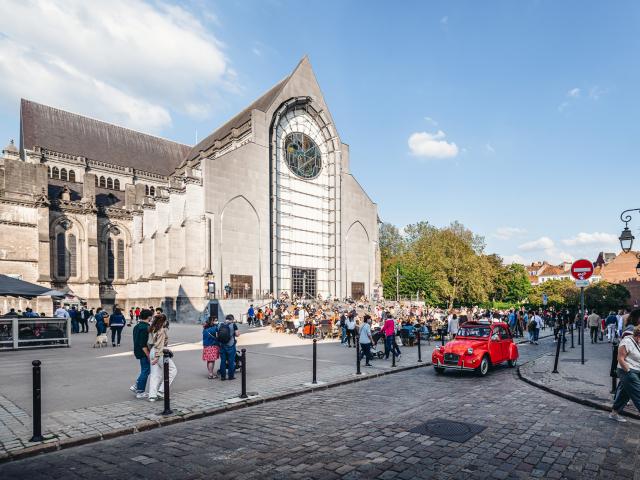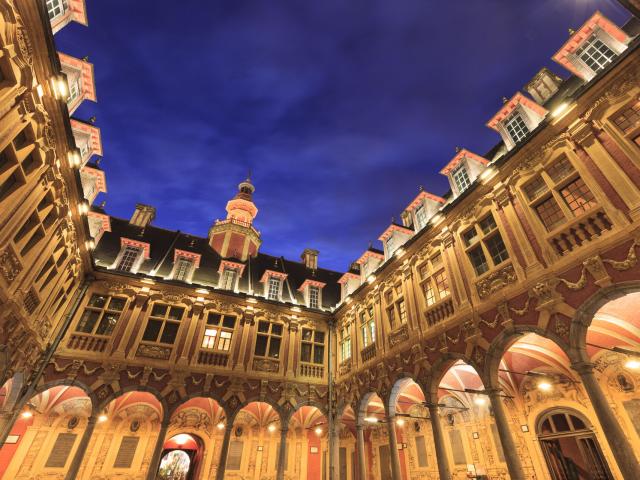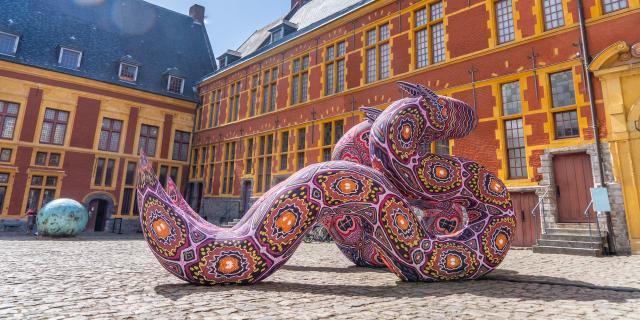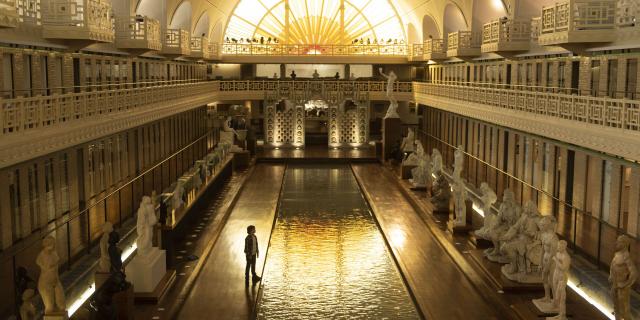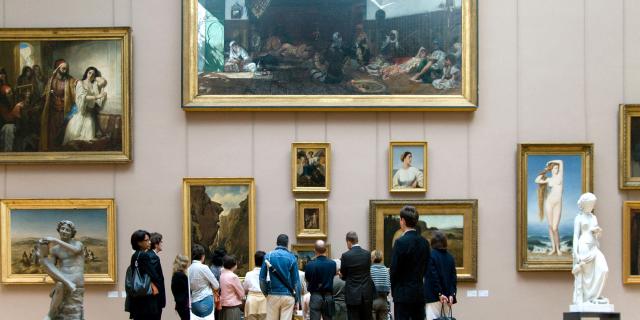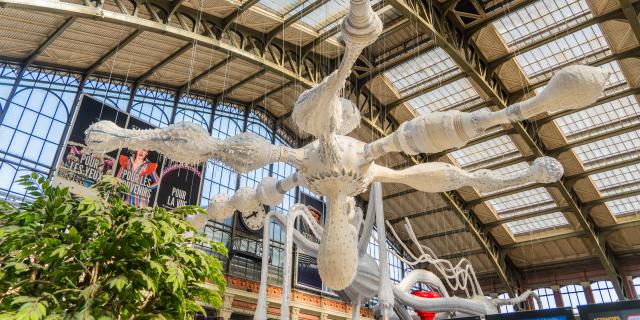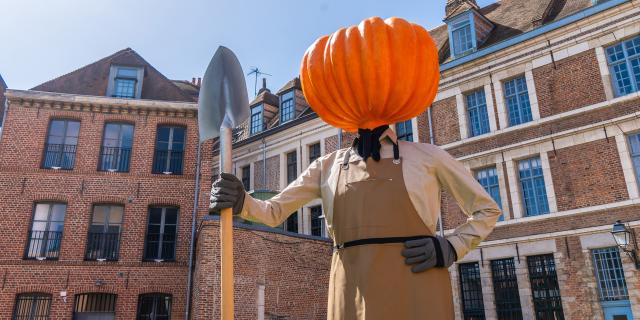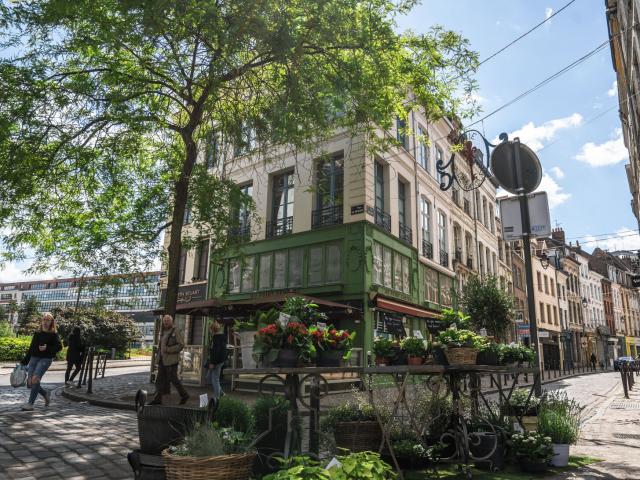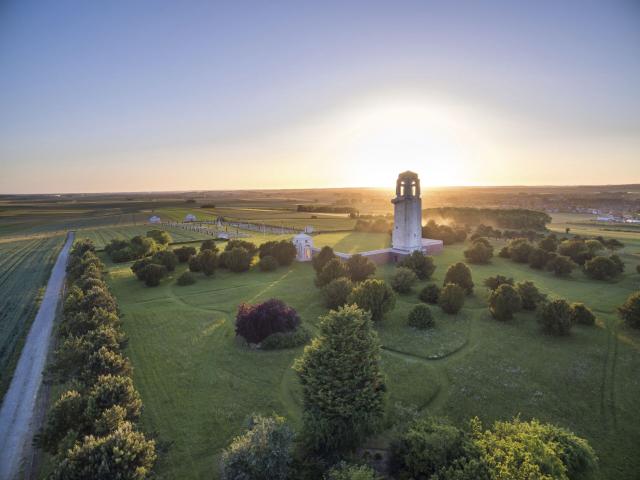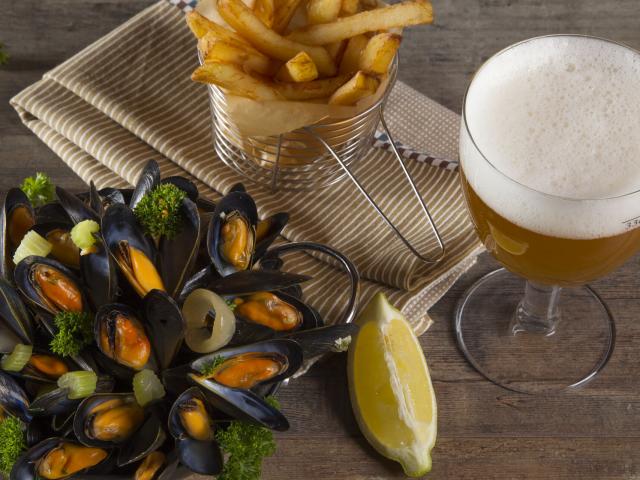With its cobblestones, indie boutiques, restaurants and cafés, art galleries and museums, the lively Vieux Lille (Old Lille) district with its beguilding mix of architecture reflects the different cultural influences (Flemish, French, Spanish-Dutch empire) that have made Lille through history and also created a city so open-minded towards Europe and the world.
Don’t miss La Vieille Bourse (Old Stock Exchange), the city’s most beautiful monument with its distinctive red bricks. Its inner courtyard now buzzes with locals busy at activities (including chess games and tango sessions) and it also hosts a daily flea market of second-hand books, stamps, postcards and film posters.
